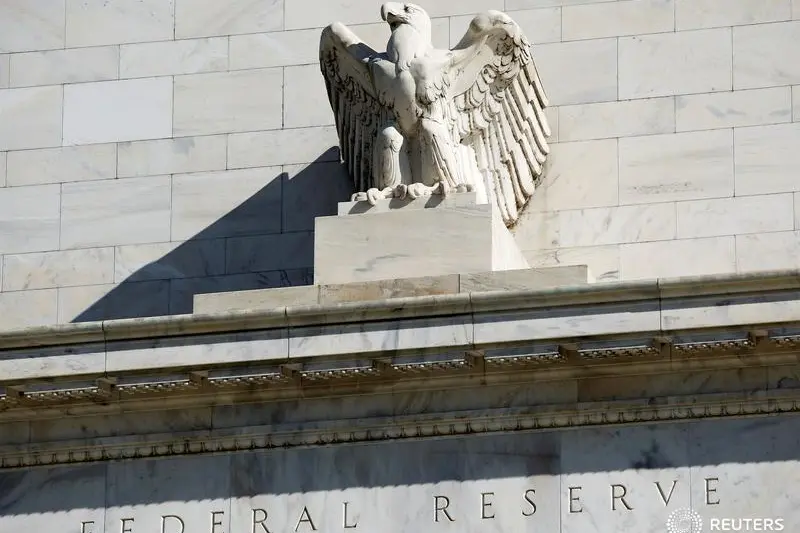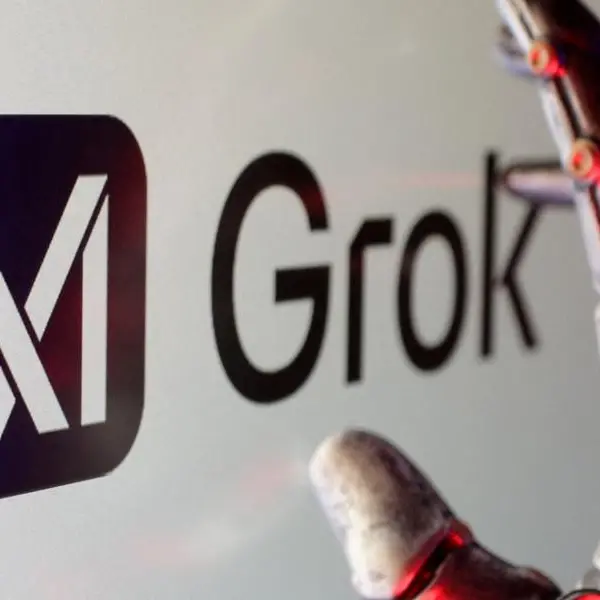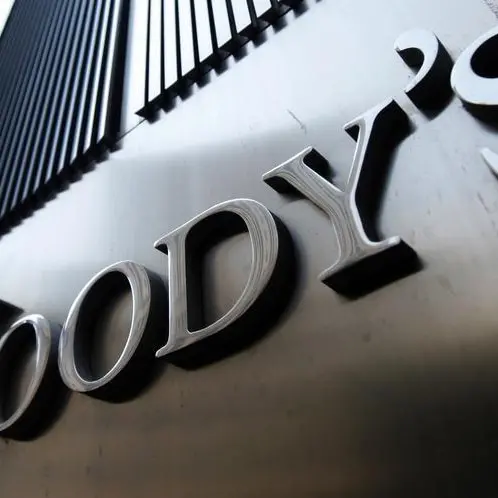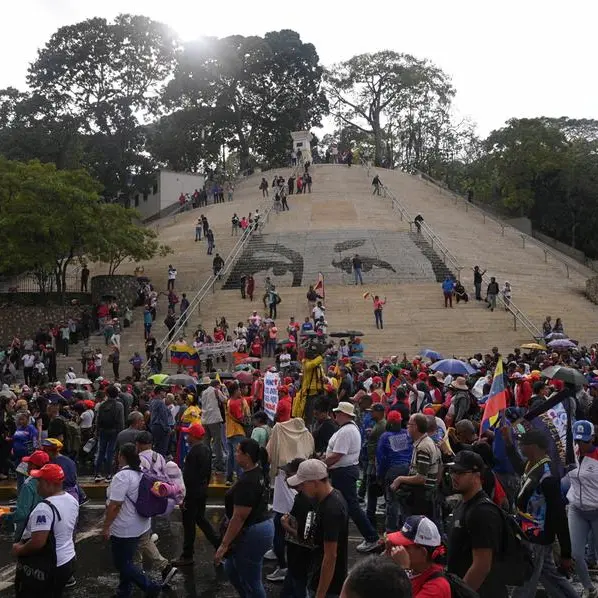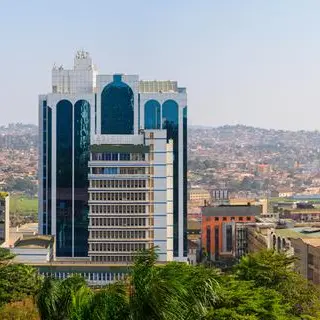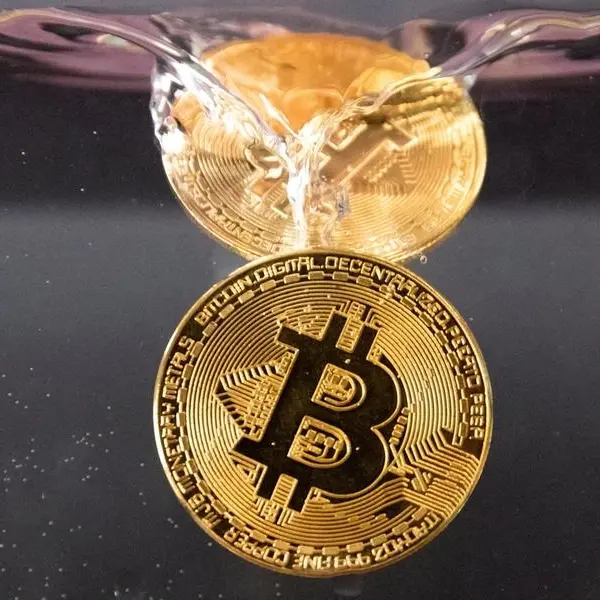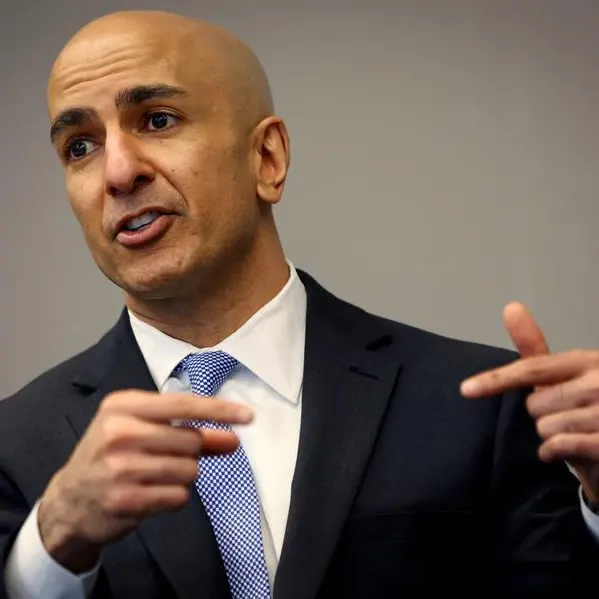PHOTO
WASHINGTON - After playing catch-up with inflation through the past year in a policy shift made urgent by relentlessly rising prices, the U.S. Federal Reserve now faces a more subtle judgment about whether the economy is strong enough to motor through even higher interest rates or is on the cusp of a crack-up.
Financial markets and professional forecasters seem braced for the latter. U.S. investors from crypto rebels to index fund loyalists lost in excess of $8 trillion this year as markets wilted under the fastest Fed rate hikes in 40 years; bond markets seem convinced a recession is coming; economists, in surveys by Reuters and others, agree.
But that seemingly stressed environment is also sustaining unemployment rates that are at record lows for Latinos and near record lows for Blacks. Wage gains are strong and consumption, the mainstay of U.S. economic growth, continues to increase even after adjusting for inflation.
Many factors influence when and if the economy falls into recession; but invariably it will involve rising unemployment and falling consumption.
"The economy has never been so unloved as it is now," Bob Schwartz, senior U.S. economist at Oxford Economics, wrote in a recent analysis that laid out the "bipolar" set of circumstances Fed officials will parse in their two-day policy meeting this week.
Consumer sentiment is lousy, worse than when the economy was in the throes of a pandemic, but bank accounts and spending both remain healthy; manufacturing is contracting, but the service sector roars on with the monthly job and wage growth to prove it; there is some evidence inflation is easing, with gas prices back where they were a year ago, but it is still higher than many have seen in their lifetimes and continues stretching household budgets through rising food and other costs.
There is enough evidence of weakness to fuel a narrative of imminent recession.
"It is probably starting around now," said Dana Peterson, chief economist at the Conference Board, who cited a steady decline this year in the business group's list of leading economic indicators, and the near-unanimous sense in a recent chief executive's survey that recession is coming.
'NOT CRACKING'
There is also enough evidence of strength to tell a story of continued growth.
"There are signs of the labor market cooling - eroding a little bit, definitely not cracking...It does not look recessionary" with ongoing job gains of more than 250,000 monthly and some industries chronically short staffed, said Guy Berger, principal economist for LinkedIn.
Fed officials will receive new consumer price data as their meeting starts on Tuesday, and hope it shows continued slowing of price gains after annual inflation eased below 8% for the first time in eight months in October.
They have telegraphed plans to keep raising interest rates for now as they try to cool the economy and keep prices in check. But they also plan to move in smaller steps. After a series of large, three-quarter-point rate increases this year pushed the target policy rate from near zero in March to a range between 3.75% and 4%, U.S. central bankers are expected to tack on a half point during a two-day meeting concluding Wednesday.
A new policy statement is to be issued at 2 p.m. EST (1900 GMT) and a press conference by Fed Chair Jerome Powell is scheduled for 2:30.
The decision to move in smaller steps is both a recognition by Fed policymakers that they may be near a stopping point after this year's aggressive rate moves, and that each step from here raises the risks of going too far.
To date, Fed officials do not feel they have overstepped.
"For all the talk of crashing the economy and breaking the financial markets, it hasn't done that," Governor Christopher Waller said of the Fed's shift in monetary policy this year, the most aggressive since former Fed chair Paul Volcker fought a more severe outbreak of inflation in the 1980s.
'PLAUSIBLE' SOFT LANDING
That doesn't mean it won't. Along with the latest rate decision, the Fed on Wednesday will provide updated projections for how high officials think rates might need to move, how long they will stay there, and how the economy will respond. It is an outlook that will show if the central bank still believes it can lower inflation without serious damage to the job market, and set the tone for U.S. economic debate in the early stages of the 2024 presidential campaign.
Bond investors seem to have made their bets, with interest rate yield curves "inverted" in what has traditionally been seen as a sign recession is coming.
Economists in separate polls by Reuters, the National Association for Business Economics and the Philadelphia Federal Reserve have all penciled in near-zero growth for 2023, and a high probability of an outright downturn.
Whatever happens, NABE's panel of 51 professional forecasters said, the Fed will be center stage.
"Two-thirds of panelists indicate the greatest downside risk to the U.S. economic outlook through 2023 is 'too much monetary tightness,'" the group said. "The greatest upside risk is also linked to monetary policy actions," if the Fed navigates the economy to its aimed-for "soft landing" that avoids recession.
Either way, 2023 is likely to tell the tale.
Powell has refused to put odds on the outcome, saying only that a soft landing remains "plausible."
It will hinge on how inflation evolves. Developments like declining rents have given a hint of disinflation in the pipeline. It will also depend on how the job market adjusts, whether at the margins, through slower hiring and wage growth, or at the core with layoffs extensive enough to push the unemployment rate substantially higher.
Some, like Berger, insist there's a pathway through.
"If the optimists are right we have adjustment in the labor market, the Fed is happy where inflation is going and they stop hitting the brakes as hard," Berger said. "It is well within the realm of possible."
(Reporting by Howard Schneider; Editing by Dan Burns and Andrea Ricci)
